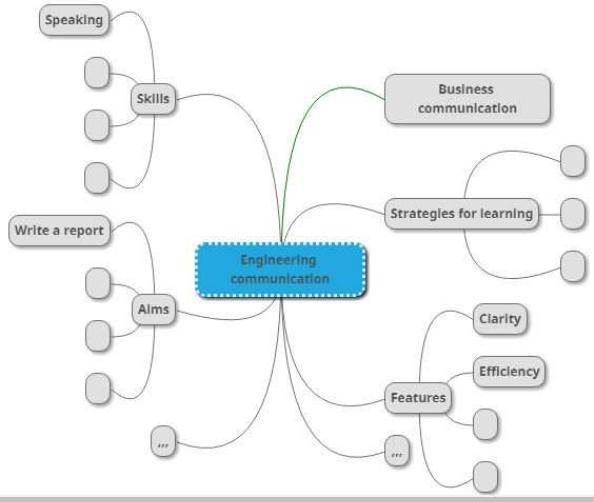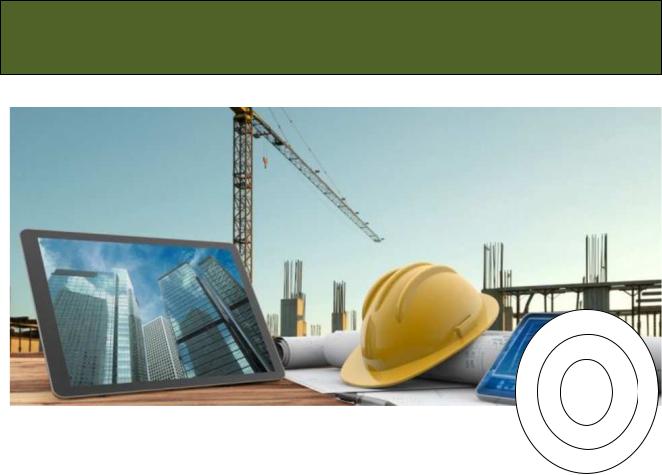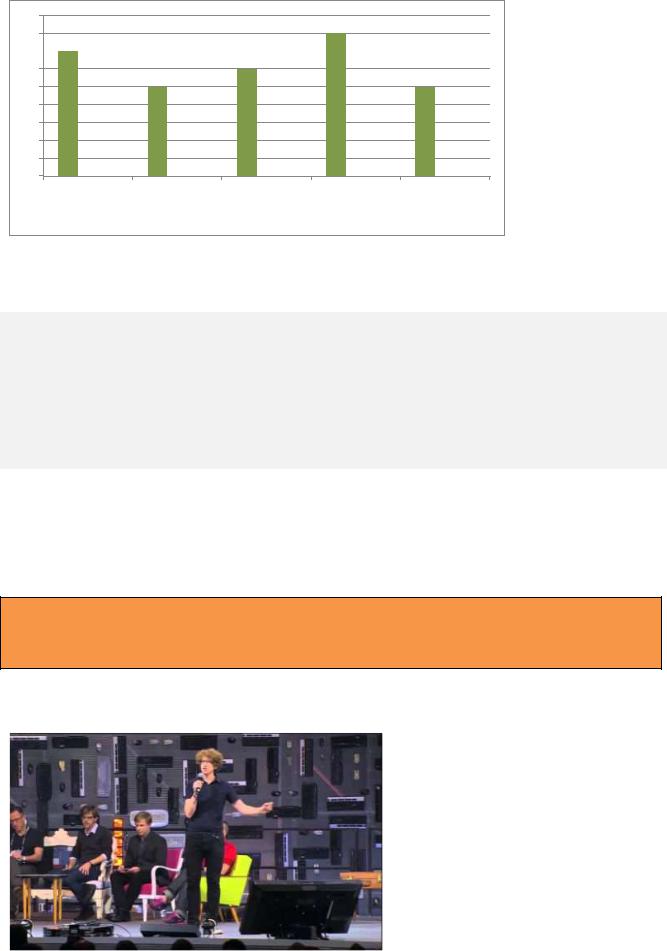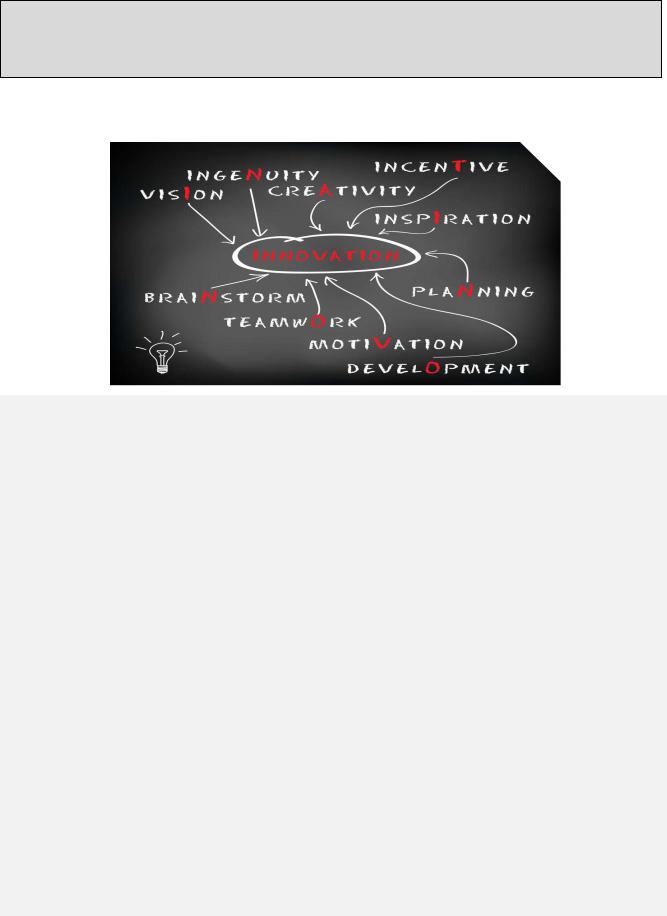
4487
.pdf
11
5. Communicate successful
Driving Question: How do engineers communicate to achieve goals?
a Before you read the cases, talk about these questions.
1.How important is communication for engineers? Evaluate on a scale of 1 (poor) to 5 (excellent).
2.What are the signs of effective engineering communication?
b Let's move to real examples of engineering communication. Are your assumptions in a correct?
Case study 1
William LeMessurier and Clear Engineering Language
In 1977, a novel work of architecture and engineering, Citicorp Center, opened in Manhattan. The office tower was built on a corner lot owned and occupied by a Lutheran church. The church agreed to the new structure, provided that Citicorp rebuild the church as a freestanding unit on one corner of the site. In order to have the
12
tower occupy the entire block, architect Hugh Stubbins and structural consultant William James LeMessurier designed a building that would cantilever out over the church. It was supported by four massive pillars. Each located in the centre of one of the outside walls rather than at a corner, and by diagonal braces along the outside walls.
In 1978, LeMessurier received a call from an engineering student who was wondering about the location of the pillars. The student said that a professor of his believed they were in the wrong place and that the building would therefore fall down. This turned out to be a good example of a syllogism, albeit based on an inaccurate premise:
1.The pillars of Citicorp Center are in the wrong place.
2.If the pillars are in the wrong place, the building will fall down.
LeMessurier pointed out to the student that the pillars in Citicorp Centre were not in the wrong position; they were just in a novel position.
However, in researching his answer to the student LeMessurier discovered much in his dismay that there was a significant problem in the building's structure.
In his original plans, the joints for the wind braces were supposed to be welded; in the actual structure, as a cost-saving measure, they had been bolted. Normally. bolts would have been strong enough, LeMessurier discovered that in the case of what is known as a "quartering wind"-a wind hitting the building at a 45-degree angle-the bolts were not reliable. In fact, there was a statistical probability that at least once every 16 years, New York City would be subject to the kind of storm that could destroy the Citicorp office tower.
LeMessurier presented a problem, but, perhaps more importantly, he presented a detailed solution that everyone believed in. LeMessurier’s acts and statements to the City officials were perceived to be honest and professional.
In the words of William LeMessurier to his students at Harvard: You have a social obligation. In return for getting a license and being regarded with respect, you’re supposed to be selfsacrificing and look beyond the interests of yourself and your client
13
to society as a whole. And the most wonderful part of my story is that when I did it, nothing bad happened.
(adopted from http://www.theaiatrust.com/whitepapers/ethics/LeMessurier-Stands- Tall_A-Case-Study-in-Professional-Ethics.pdf)
Case study 2
Faulty Communication and Real Consequences
Let's move to a real example of an ethical situation in technical communication.
In 1986, the spaceship Challenger exploded. What you may not know is that a failure of communication was partially responsible for that disaster. There was an "O-ring problem," or "the failure of a rubber seal in the solid rocket booster" with regard to the shuttle's construction (Winsor 336). From early 1984 until July 1985, the O-ring problems were noticed but not taken seriously. On July 22, 1985, MTI engineer Roger Boisjoly sent a memo to R.K. Lund, who was MIT's Vice President of Engineering. In the memo, Boisjoly stated that the O-ring problem was serious, and concluded, "It is my honest and very real fear that if we do not take immediate action . . . to solve the problem . . . then we stand in jeopardy of losing a flight along with all the launch pad facilities".
The emotional language throughout the memo, but especially in the last paragraph, suggests Boisjoly strong feelings in this situation. However, appeal to emotion weakens his case. Others assume he lacks tangible evidence.
Boisjoly’s memo failed. No defined team ever seems to have worked on the problem. The Challenger launch was delayed because of the O-ring problem, but on January 28, 1986, the shuttle launched. And exploded.
Boisjoly’s critical message might have had a more positive reception if he had grounded his argument and many tests instead of wrapping it in emotion. Would things have turned out differently if he had communicated his concerns rational and reliable.

14
c Having read the cases, what can you now say about engineering communication? Why engineering communication is different from other kinds of communication? What makes engineering communication effective?
Make a Mind Map.
http://www. mindmapping.com/mind-map.php
d Present your results.

15
6. Introducing engineering
7 9
Driving Question: in what ways do engineers change the world? a Draw a graph.
b Read the word combinations. Write the numbers of word combinations that suit in your opinion the word engineering the best in the centre of the circle, the other father.
1. |
work with things in nature |
8. |
design a menu |
|
|
2. |
create questions |
9. |
simply use technological tools |
||
3. |
create solutions to answer |
10. |
program DVD player |
||
questions |
11. |
applying |
science, |
but rather |
|
4. |
solve problems using knowledge |
figuring out how to solve problems |
|||
of math, science, and technology |
using knowledge of science |
||||
5. |
deal with observing the world |
12. |
solve problems by |
designing |
|
6. |
build a house |
things |
|
|
|
7. |
use existing technology in new |
13. |
create, |
design, |
test, or |
and novel ways for the betterment of |
improve objects or systems |
||||
humankind |
14. |
develop |
new |
industries, |
|
|
|
businesses, and technologies |
|||
|
|
|
|
|
|

16
c Partner work. Tell why.
d Write an entry in the Glossary concerning important questions in the field Engineering. Keep the definitions simple and reader friendly. https://www.thewordfactory.com/how-to-make-a-good-glossary/
e In a group, compile entries about Engineering to make a guide for non-specialist. f Present your results.
7. Why engineering?
Driving Question: Why is engineering a challenging but rewarding career? a Think of the benefits of the engineering profession. Make a list.
1.Fulfill self-realization
2.Work with great people
3.Solve problems, design things that matter
4.…
http://www.discovere.org/discover-engineering/10-reasons-to-love-engineering https://rebeccaee.com/blog/46-top-10-reasons-to-love-engineering
b Prioritize benefits in order of importance.
c Conduct a survey in the group. The students can add other benefits to your list. d Work in a group. Tell about your answers.
e Summarize the results in the group. You can draw graphs and diagram.

17
f Write the short texts about the benefits.
Always learn new things
As an engineer there is always an opportunity to learn a new technique or a new application in your area of expertise. Technologies are always changing which makes room for improvements in what we do and how we do it.
g Prepare group presentation.
Present a) topic, b) results, c) what was interesting.
8. Innovation pitch event
Driving Question: How to present innovation and succeed?
18
a IPF Investment provides the funding and support to develop and launch innovative product in Russian market. IPF is run by a group of rich people who are willing to take risks and back projects which seem advanced and beneficial. However they also expect to make money. The quarter of all European patents have their origins in, the third largest research country. Scientists and engineers from Hamburg, Heidelberg and Berlin are counted the world's best.
Thousands of researchers in Germany are working on tomorrow's world in a large number of disciplines such as laser technology, medical technology, biotechnology, renewable energies and others. A team of IPFI investors is currently considering several innovative products developed in Germany to lunch in Russia.
https://www.bbc.com/news/technology-23524249
https://www.popsci.com/11-greatest-engineering-innovations-year http://www.coolthings.com/tag/cool-inventions/ https://curiosity.com/subjects/engineering/
After hearing presentations IPFI will decide which projects it will invest in.
b Devide into 4 groups. 3 groups are researchers who need finance for your project. The fourth group is the commission. The project group presents the innovation project. The commission asks questions and finally decides which project will be realized.
c Thank colleagues who help you out at work. https://www.youtube.com/watch?v=Z_eS1iHJgbI https://www.youtube.com/watch?time_continue=2&v=kfq5fIpCrdk

19
9. From invention to innovation
Driving Question: what is important for the innovative breaktrough?
The most important of my discoveries have been suggested to me by my failures.
Sir Humpfrey Davy
Basic research is when I'm doing what I don't know what I'm doing.
Wernher von Braun
I think and think for months and years. Ninety-nine times, the conclusion is false. The hundredth time I'm right.
Albert Einstein
Science is built of odd facts the way a house is built of bricks; but an accumulation of facts is no more science than a pile of bricks in a house.
Henri Poincare
In science the credit goes to the man who convinces the world, not to the man to whom the idea first occurs.
William Osler
Genius is 10 percent inspiration and 90 percent perspiration.
Saying
20
a Discuss the following questions.
1.What quotations do you find most interesting, perhaps puzzling? What quotations do you find most strange? What quotations do you find most important? Why?
2.What different ideas are there in the quotations?
3.What questions are raised by the quotations? Discuss at least three questions.
4.What purposes do you want to achieve studying this topic?
5.How important do you think the knowledge about inventions will be for your understanding other material?
b Work in group.
Treasure Hunt
Use the information you find at the Web sites to answer the questions on this page. 1 What are you expecting to find?
2.What is the topic of Invention associated with in your mind? To what words is it closely related in meaning? https://www.merriam-webster.com/dictionary/invention
3 What is the difference between invention, discovery, and innovation? https://www.merriam-webster.com/dictionary/
4 What is the purpose of invention? Are there any useless inventions? http://www.ripleys.com/weird-news/chindogu/
5 How do inventions happen? Can they happen by mistake? http://www.explainthatstuff.com/inventors-and-inventions.html
6 What kinds of things did this person need to know in order to create his invention? http://wonderopolis.org/wonder/are-all-inventors-scientists
7 What Russian inventors can you name? https://en.wikipedia.org/wiki/List_of_Russian_inventors
